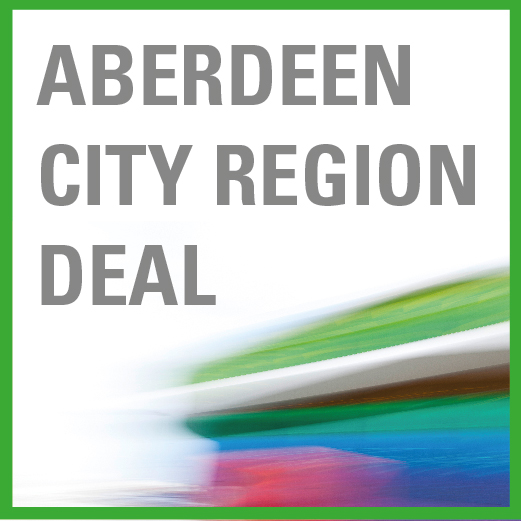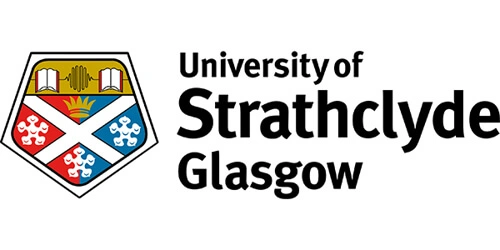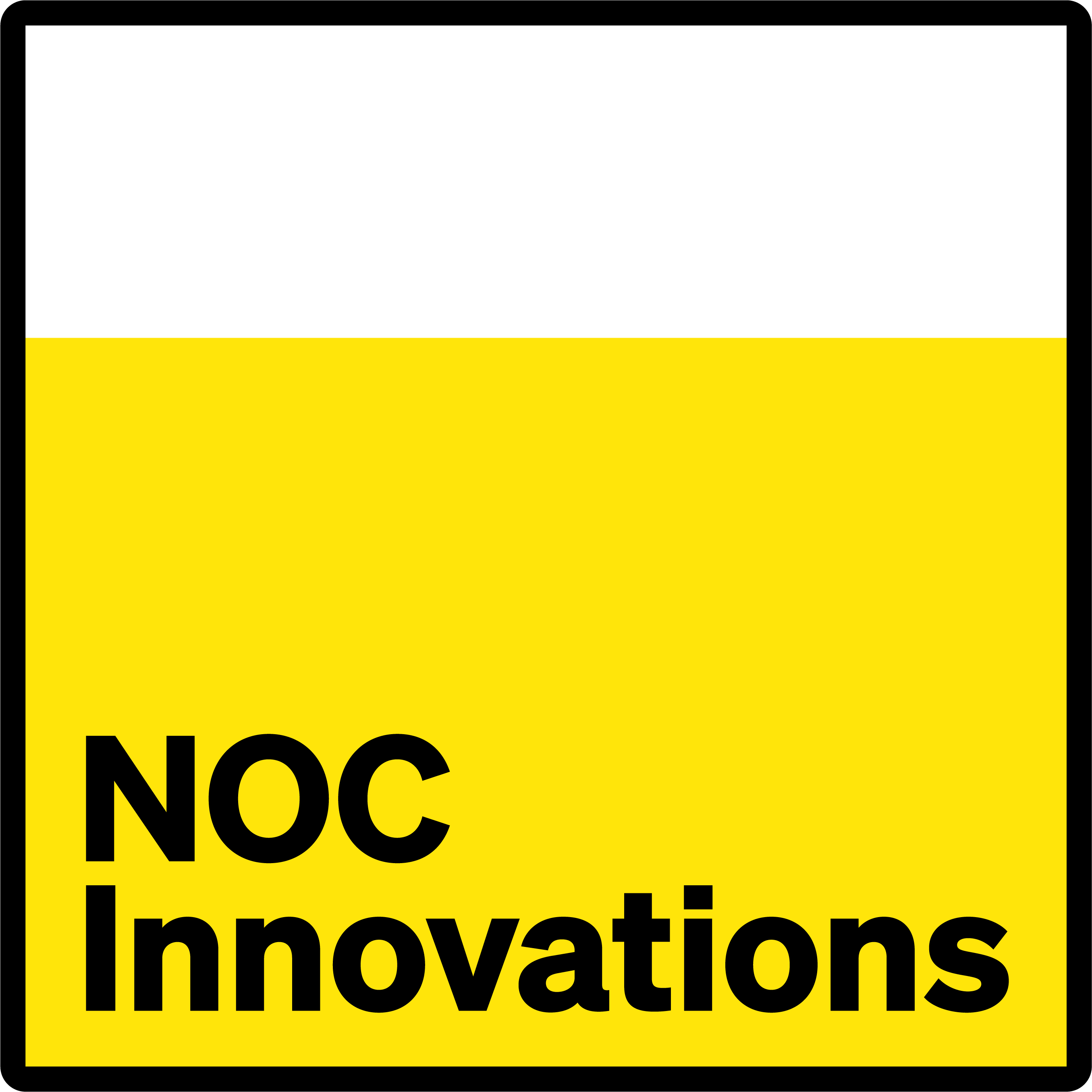The Integrated Energy programme originates from the need to integrate mixed energy sources. The energy crisis and climate goals, as well as novel generation technologies, are driving a new energy supply mode, which uses advanced energy conversion and transmission technologies to convert energy vectors, including solar, wind, geothermal, natural gas, biomass and other resources into cold, heat, electricity and other energy demands of consumers.
We are focusing on four areas affiliated to smart infrastructures for the energy sector, primarily on hydrogen, wind, solar and bio energy and their integration to traditional energy sources such as oil and gas driven streams. Our Integrated Energy programme enables interaction between the energy-consuming and the energy-supplying sectors. This helps to improve the comprehensive utilisation efficiency of energy and enhance the flexibility, safety, economy and self-adjustment capability of the energy supply system.














